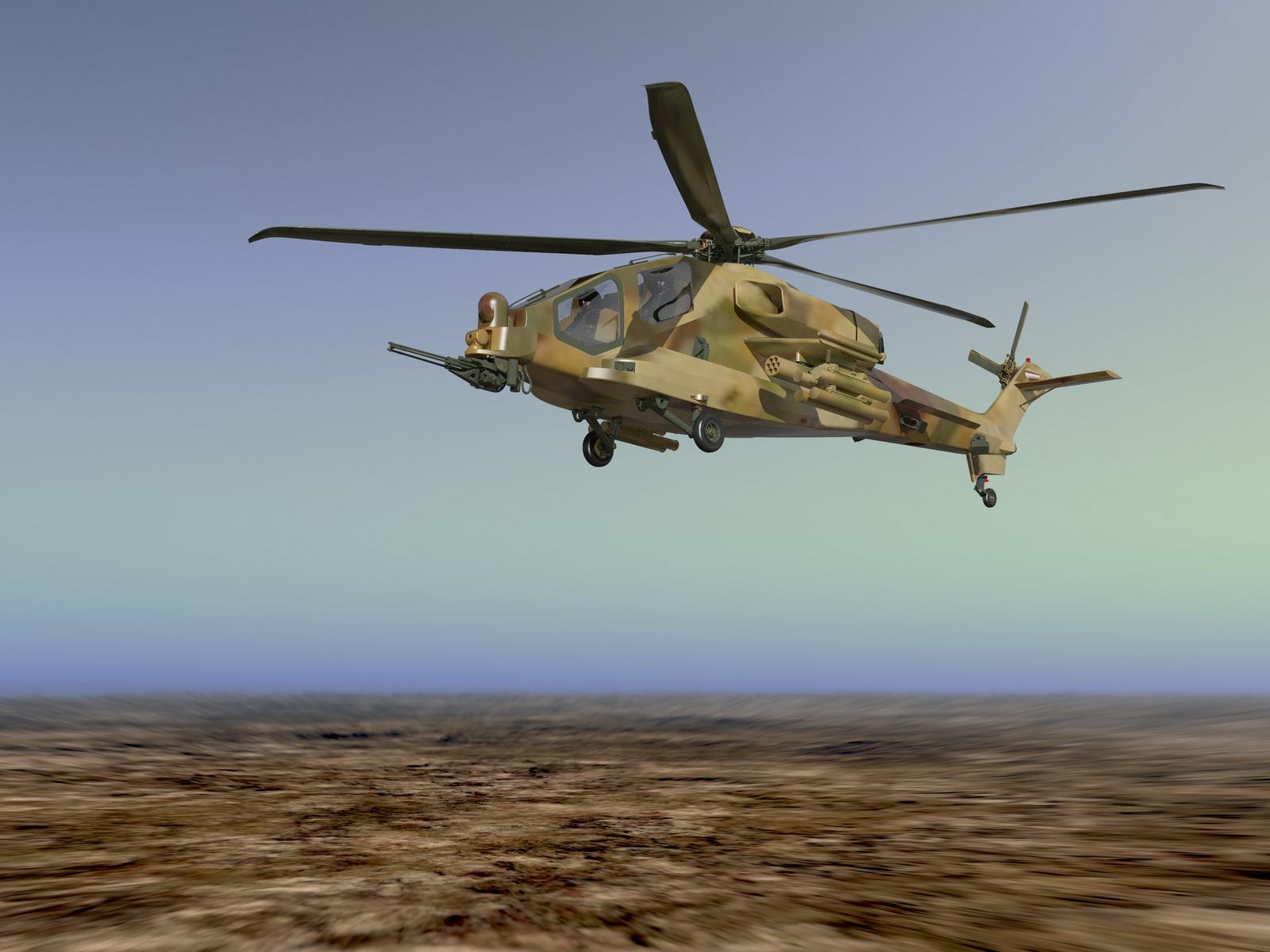KRUK PROGRAM
Poland is planning to acquire new attack helicopters that are expected to replace the Mi-24 platform. What would be Leonardo’s offer for the Polish industry, should Poland decide to enter the AW-249 development program within the framework of the Kruk program?
Leonardo’s proposal is to certain extent similar to the new Polish multipurpose helicopter based on AW139. Leonardo proposes to join the project of a new combat helicopter, currently developed under supervision of Italian MoD. Starting in 2025 Italy is to begin replacement of the Italian AW129 Mangusta with totally new and state of the art helicopter AW249. The earlier Poland joins this project, the more impact it will have an on the entire project and thus the greater economic and financial benefits. The new combat helicopter (Polish variant) would be produced in PZL-Świdnik and the Polish defense industry will benefit of this because combat helicopters are the most technologically advanced machines, so the transfer of technology and know-how cannot be overestimated. The new Polish helicopter variant may be exported as a local product, including G2G schemes through the Polish Government – similarly as Polish AW139 helicopters.

Two production lines (for two different types of helicopters) in PZL-Świdnik is unique offer without precedent.
In short, the program is as follows: design, development, customization, testing, production, assembly, support, training and export.
Participation in this project would allow Poland to remain at the forefront of rotorcraft technologies and to be a first-league player also due to the complexity of the combat helicopter. Choosing a ready-made solution would mean that the entire budget will be spent on the purchase of already existing resources. On the other hand, investing in industrial cooperation to develop a new Polish combat helicopter would allow for long-term benefits for the national economy, employment opportunities, obtaining know-how and then exporting the Polish variant of the helicopter. This would ensure greater national security and sovereignty, also in terms of intellectual property. It would provide an easy bridge to further technology development and would make Poland one of the major players in Europe and within NATO as a potential partner for new programs in the future.
Can Leonardo, at the present stage, disclose the avionics and armament set up of the new aircraft? Will the sensor suite, for instance, include a radar complementing the optoelectronic systems, or will it include communication systems allowing for direct joint operations involving UAVs/allowing the crew to control UAV platforms?
It will feature a comprehensive sensor suite for navigation, mission and targeting and Manned-Unmanned Teaming Capability is envisaged as part of the AW249 capabilities.
The AW249 will be fully embedded in a network centric environment with excellent performance. Its modern design allows for significant growth potential and support throughout its life cycle.

Thanks to the modern design, the AW249 is extremely competitive in terms of maintenance efficiency and operating costs, through advanced digital diagnostics and forecasting, it is characterized by a reduced number of components, easy access to all major critical systems, high availability, long time between component overhauls, open architecture for future upgrades, giving you fast, risk-free growth potential with possible upgrades and modifications that significantly reduce costs.
The next-generation AW249 combat helicopter proposed by Leonardo will remain in service for the next 30-40 years and will cope with evolving and unpredictable security and defense scenarios. It will be a domestic, Polish helicopter, independent of external influences.



